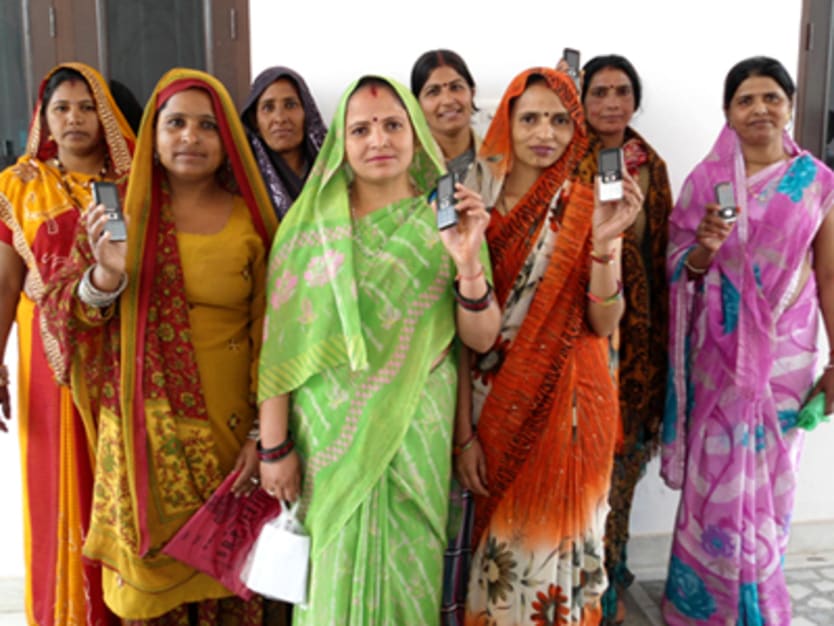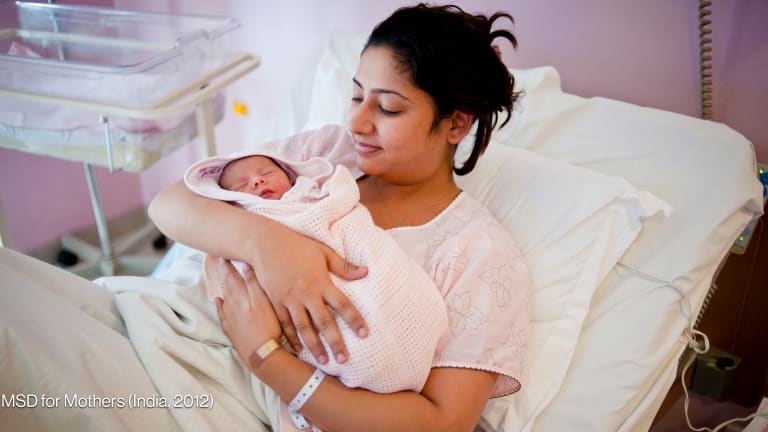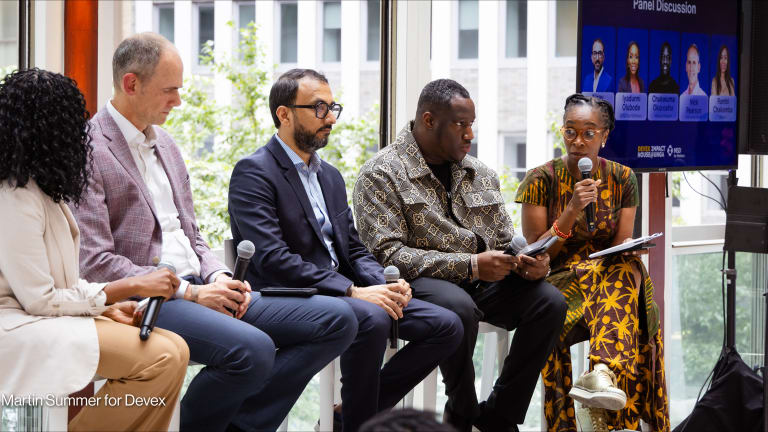
U.S. Secretary of State John Kerry and U.S. Agency for International Development Administrator Rajiv Shah concluded their recent trip to India announcing the winners of the Millennium Alliance Awards, a USAID-backed initiative with a total of $1.5 million in grants.
The awards were brought forth by the Millennium Alliance — a new partnership between USAID, the Federation of Indian Chambers of Commerce and Industry and India’s Department of Science and Technology to promote technological innovations as solutions to India’s burgeoning development challenges. This spotlight on innovation falls in line with USAID’s Country Development Cooperation Strategy for India that sees new science and technology as essential to the country’s development.
One of the nine awardees is ZMQ Development, a social enterprise with a vision of designing ICT solutions and software to “empower people and enable sustainable development.”
The organization’s two founders, Hilmi Quraishi and Subhi Quraishi, talked to Devex about ZMQ Development’s award-winning mobile phone-based lifeline channel for maternal and child health, and what it means for the bottom of the development pyramid in India.
Here are a few excerpts of our conversation with them:
What makes ZMQ Development’s Women Mobile Lifeline Channel ground-breaking?
Since 2009, ZMQ has been working with organized groups and communities at the bottom of the pyramid (BoP) under ZMQ’s organized human network model. Here, ZMQ has been working with various micro-finance institutions and self help groups, and providing women beneficiaries mobile phone-based channel to manage their financial operations. Overtime, we realized that providing loans and financial information alone will not solve the problems of women as they continue to live in extreme poverty. The women at BoP required more relevant information, like lifeline information, related to critical health issues to manage their lives. These lifeline services create a difference between life and death.
We then started providing lifeline services to women on critical health issues like mother and child care, reproductive health or family planning. After having successfully implemented lifeline services channel for women in organized human network environment, ZMQ was motivated to create a dedicated channel for women for open-ended dissemination where every women at BoP with a feature phone can subscribe to the channel and application for their personal needs. This was the point of inspiration for us.
We thus launched the “Women mobile lifeline channel,” an integrated mobile channel to provide services to women at BoP for their critical needs. It is a single window mobile app with multiple channels for maternal & child health, reproductive health, family planning, home-based neonatal care and adolescent girls. The channel is designed for millions of semi-literate women using iconic language with limited audio/text support. It includes various trackers like pregnancy tracker, immunization tracker, menstrual cycle tracker, family planning tracker and infection prevention.
We will be coming up with more and more content to make it a one-stop shop for all women needs. Besides this, we will also add new channels like functional literacy, disaster preparedness, rural entrepreneur development, financial literacy, English learning games, vocational training and tools, etc. All of this, plus more, on communicable and non-communicable diseases and mental health illnesses like autism, cerebral palsy, intellectual disability and epilepsy. We will gradually be also taking it to other local languages apart from Hindi.
What are some development challenges in India that you wish to resolve through the project?
The current project focuses on the Millennium Development Goals. In India, lack of maternal and child health information, communication and services reaching women in remote and poor settings is one of the main reasons of the high maternal mortality rate, which is 420 out of 100,000 live births, and under-5 child mortality rate, which is 72 out of 1,000 live births in India.
There is a huge disconnect between rural women, especially those who are pregnant, and the kind of healthcare services being provided to them. This can be seen from the fact that only about 40 percent of deliveries are done in the hospital and 48 percent by skilled health workers. These are the reasons for increased maternal and child mortality.
We wish to provide critical information to mother and child to manage themselves and live a healthy life. The objective of the project is to: Bridge the information gap among rural women; achieve low-risk pregnancies; achieve higher rates of Immunization among children; connect with health services leading to higher rate of institutional delivery, reduce maternal mortality rate and infant mortality rate by providing critical information on maternal and child health, empower women for decision-making on critical issues like family planning, improve literacy among women and make devices gender-neutral and increasing the uptake of mobile devices.
What other strengths of mobile phone technology need to be exploited for India’s development?
There has been hardly any scalable project in India on mobile technology. All end up as pilots, and as we say,”pilots never fly.” As a social enterprise, we are dedicated to create solutions to scale and replicate. Mobile content has been men-oriented with gender discrimination. We are focusing to empower women, and make it gender neutral. Creating learning and training programs through mobile phone is something any rural women would like to undergo in order to become a respectable earning member of society. This has not been tried.
We are currently working on something called “right to connectivity” as a “right to life” for all people especially unreached, under-privileged, poor, rural and women. This implies to provide basic lifeline services like primary healthcare, health communication, disaster information, basic literacy or emergency services to be made absolutely free and some part of the spectrum should be made subsidized or free. No mobile phone should ever be disconnected for these essential lifeline services for non-payment of bills. ZMQ has started an initiative called “Mobile for All,” a movement for universal right to connectivity.
Read more development aid news online, and subscribe to The Development Newswire to receive top international development headlines from the world’s leading donors, news sources and opinion leaders — emailed to you FREE every business day.








